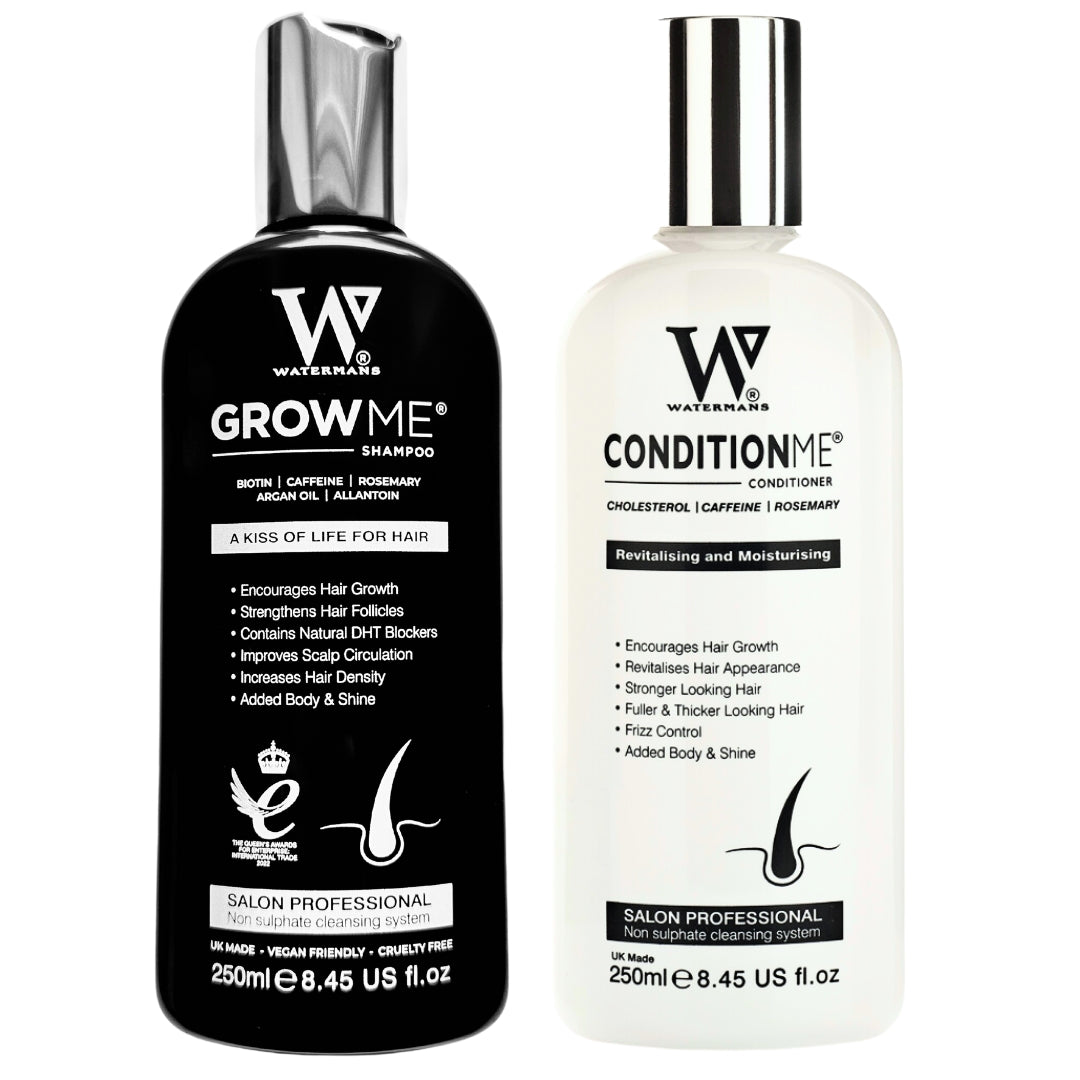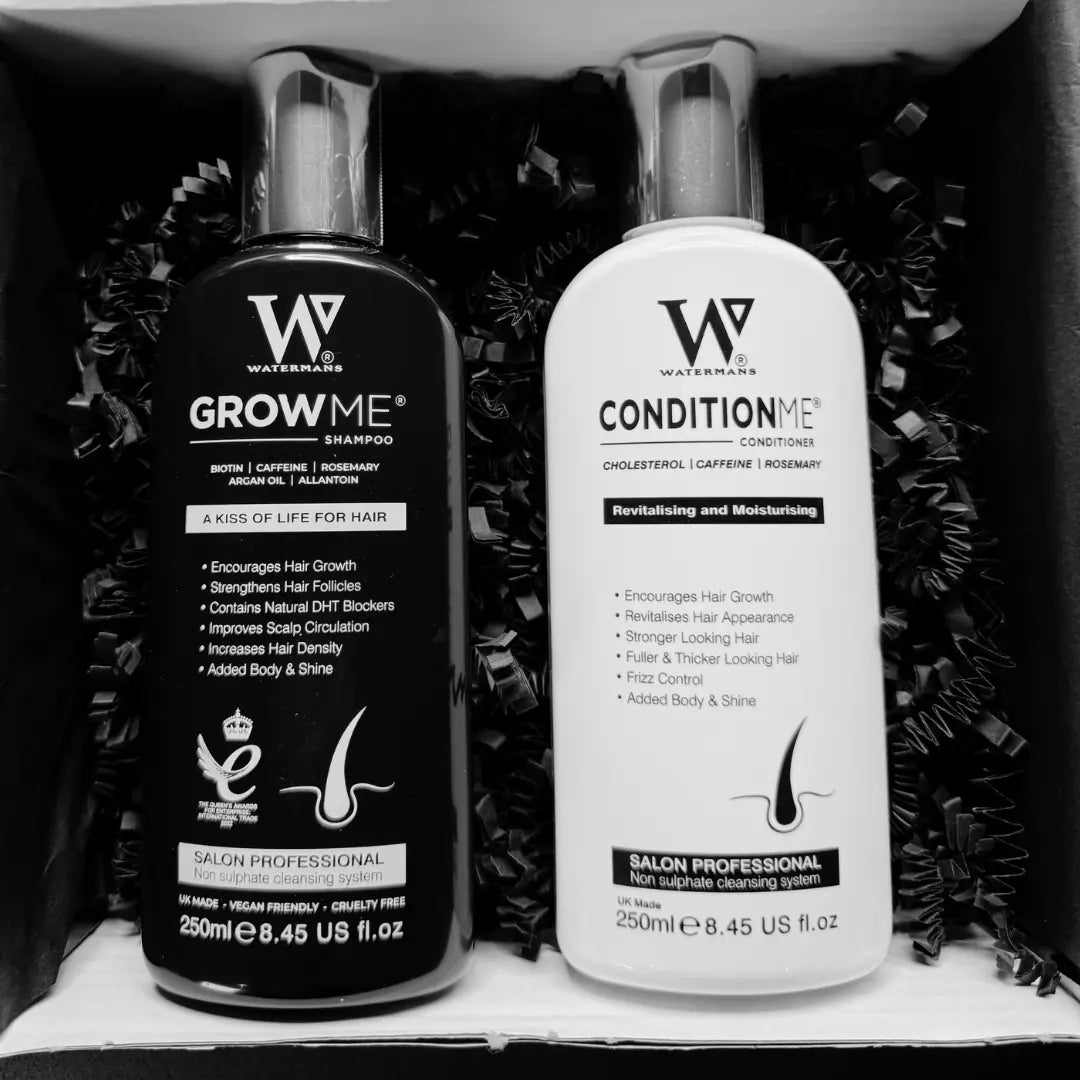
Unlocking the Secret: Dr. Berg Reveals the Easy Fix for Insulin Resistance!
Insulin resistance is a growing health concern that affects millions worldwide and can lead to serious conditions like type 2 diabetes and metabolic syndrome. Understanding how to improve insulin sensitivity is crucial for maintaining optimal health. Dr. Berg, a well-known health educator, shares simple yet effective strategies to tackle insulin resistance and keep your body functioning efficiently.
Understanding Insulin Resistance
Before diving into the solution, it’s important to understand what insulin resistance is. Insulin is a hormone responsible for regulating blood sugar levels by facilitating the uptake of glucose into cells. When the body becomes resistant to insulin, cells fail to respond properly, leading to elevated blood sugar levels—an undesirable state linked to numerous chronic diseases.
The Easy Fix: Resistance Training
Dr. Berg emphasizes that one of the most effective ways to improve insulin sensitivity is through exercise, specifically resistance training. This form of exercise involves working your muscles against an external resistance, such as weights, resistance bands, or body weight. The key characteristics that make resistance training beneficial for insulin sensitivity are:
- Whole Body Engagement: Exercising multiple major muscle groups maximizes the demand for glucose uptake.
- Controlled Volume and Intensity: Working out at a certain volume (repetitions and sets) and intensity is critical for triggering metabolic improvements without overexertion.
Resistance training enhances muscle mass, which is a major site for glucose disposal, thereby improving how your body responds to insulin. Additionally, it contributes to better metabolic health, increased strength, and higher resting metabolic rate.
Keep Insulin Low and Sensitive
Along with resistance training, maintaining lower insulin levels contributes to reducing insulin resistance. When insulin levels remain consistently high due to poor dietary habits or inactivity, the body’s cells become less receptive. Strategic exercise routines coupled with mindful nutrition help keep insulin on the “inhibiting side,” meaning it does not spike unnecessarily and tissues remain sensitive to its effects.
Practical Tips to Get Started
- Incorporate Full-Body Workouts: Focus on compound movements like squats, deadlifts, push-ups, and rows that engage multiple muscle groups.
- Train Consistently: Aim for resistance training sessions several times a week to maintain improvements in insulin sensitivity.
- Monitor Volume and Intensity: Work within a manageable range of sets and reps, gradually increasing intensity to challenge your muscles without causing burnout.
Conclusion
Dr. Berg’s insight into managing insulin resistance highlights the simplicity and effectiveness of resistance training. By routinely engaging your whole body in well-structured strength workouts, you can enhance your insulin sensitivity, keep insulin levels in check, and ultimately support your long-term health. Embracing this accessible approach unlocks the secret to combating insulin resistance and taking control of your metabolic well-being.













